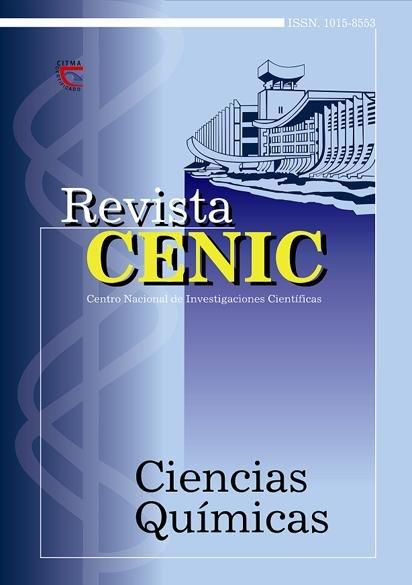Synthesis and characterization of the poly(methyl methacrylate-styrene) copolymer obtained by suspension polymerization
Abstract
The influence of the methyl methacrylate (MMA)-styrene (STY) copolymer composition on the molecular weight and the wettability of the polymer used for bone cements was studied. The suspension polymerization was used to obtain the polymeric beads. The mole fraction of MMA (f..) of the comonomer feed was modified between 0,96 and 0,60. The composition of the copolymer was analysed by NMR-H'. It was found that the composition of the copolymer changed between 0,98 and 0,76. It was also detected that the increase of STY concentration in the comonomer feed decreased the molecular weight of copolymer. The initial copolymer composition of 0,80 MMA and 0,20 STY was appropriated for the production of beads for bone cement. The influence of stirring rate on the particle size distribution was studied in the interval 400-700 r/min. It was found that the increase of stirring rate produces a reduction of particle size, being possible to relate the final average particle size to the stirring rate by the Hopff equation. The polymers obtained with MMA/ST 0,8/0,2 of composition and stirring rate between 600-700 r/min have good properties of average molecular weight and particles size distribution to be used as solid part of bone cements.

Downloads
Published
How to Cite
Issue
Section
License
Copyright (c) 2001 Copyright (c) 2001 Revista CENIC Ciencias Químicas

This work is licensed under a Creative Commons Attribution-NonCommercial-ShareAlike 4.0 International License.
Los autores que publican en esta revista están de acuerdo con los siguientes términos:
Los autores conservan los derechos de autor y garantizan a la revista el derecho de ser la primera publicación del trabajo al igual que licenciado bajo una Creative Commons Atribución-NoComercial-CompartirIgual 4.0 que permite a otros compartir el trabajo con un reconocimiento de la autoría del trabajo y la publicación inicial en esta revista.
Los autores pueden establecer por separado acuerdos adicionales para la distribución no exclusiva de la versión de la obra publicada en la revista (por ejemplo, situarlo en un repositorio institucional o publicarlo en un libro), con un reconocimiento de su publicación inicial en esta revista.
Se permite y se anima a los autores a difundir sus trabajos electrónicamente (por ejemplo, en repositorios institucionales o en su propio sitio web) antes y durante el proceso de envío, ya que puede dar lugar a intercambios productivos, así como a una citación más temprana y mayor de los trabajos publicados (Véase The Effect of Open Access) (en inglés).













